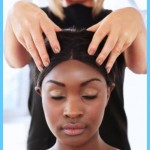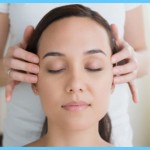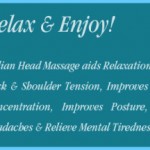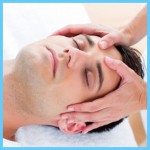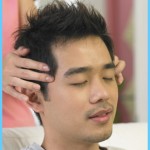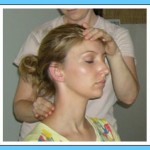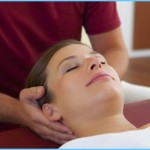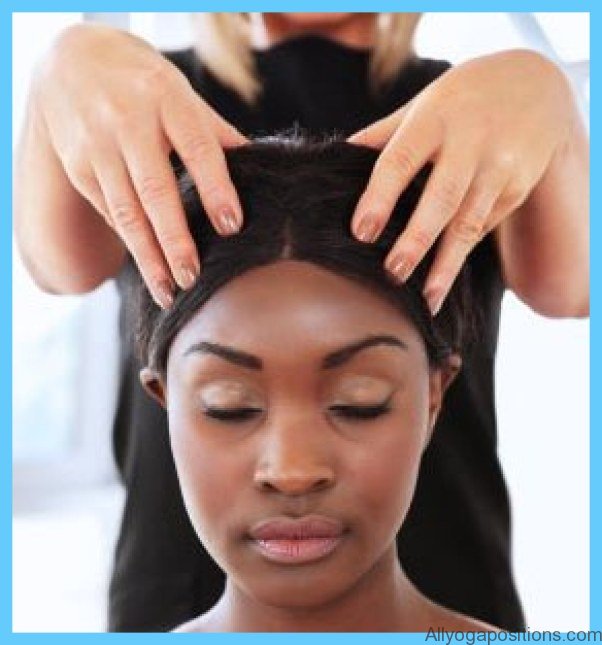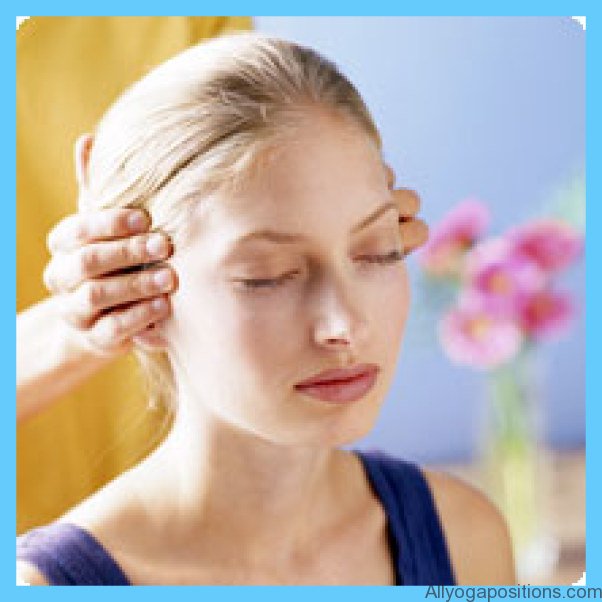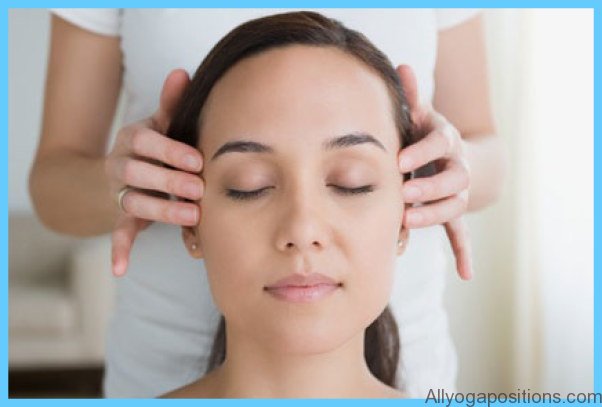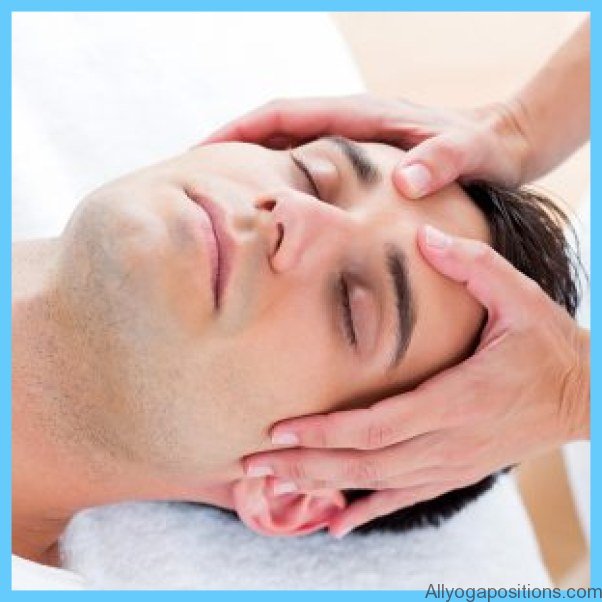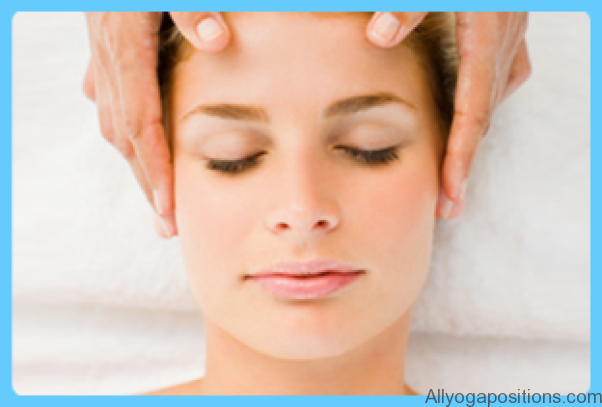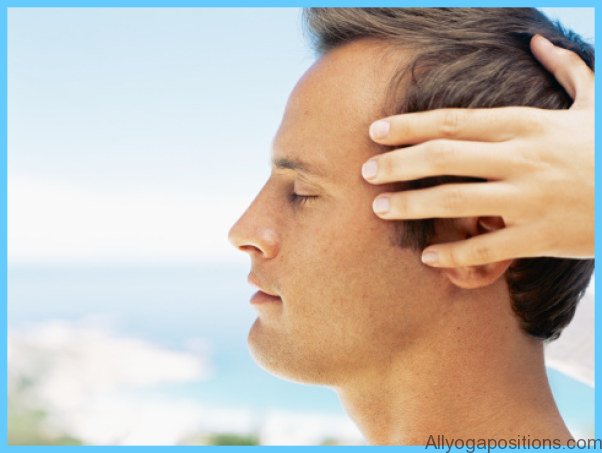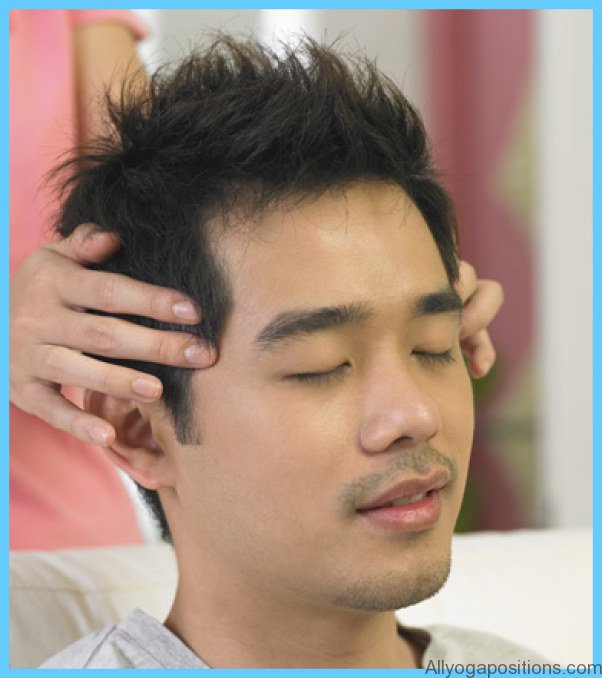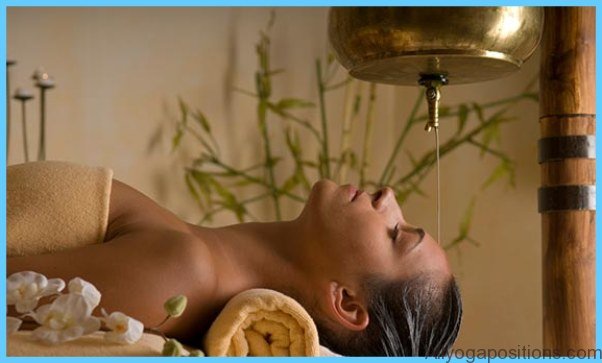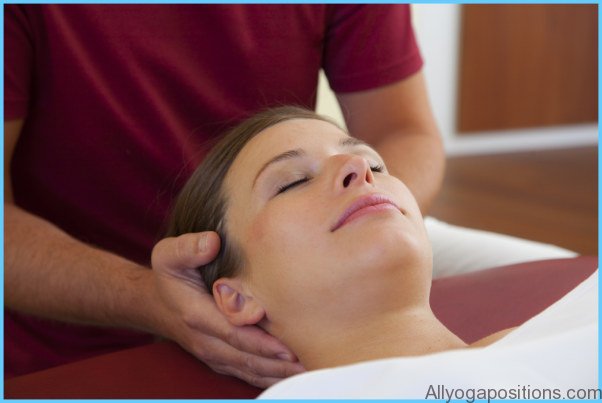Modern massage is generally attributed to Swedish fencing master and gymnastics teacher Per Henrik Ling (1776-1839), who developed a system of movement he found helpful for improving his health and physical condition known as the ‘Ling system’. After a trip to China, where he was impressed by their massage skills, he combined his knowledge of gymnastics and the human body with Chinese philosophy to form the ‘Swedish Movement System’. However, there is some debate about the origins of Swedish massage. Evidence indicates that it was in fact a Dutch physician, Johan Georg Mezger (1838-1909) who was influenced by Ling and systemised massage as the ‘Swedish Massage’ we know today. As French was the language of science and medicine in Europe at that time, French names were given to the basic massage strokes. Swedish massage may be defined as ‘the manipulation of soft tissue for therapeutic purposes’. It was traditionally performed with talcum powder applied over the body with deep pressure. Most therapists now use oils for their beneficial effects on the skin.
Massage was used during the First World War to treat patients suffering from injury and shell shock. Some hospitals established a massage department to treat patients. One of these was St. Thomas’ Hospital in London, which had a massage department until 1934. After the Second World War, mechanical methods of treatment began to replace manual methods and this led to a decline in the use of massage and a lack of awareness of its benefits.
Modern Indian Head Massage Photo Gallery
Massage declined in popularity in Europe during the late nineteenth and early twentieth centuries and was even regarded as a dubious practice due to its use in brothels. However, it has once again become a reputable and recognised therapy, thanks to increased awareness of the benefits of more natural and holistic types of treatment. Many different kinds of massage exist, but most are based on Swedish massage principles. Massage benefits all body systems and is useful in treating many types of physical and psychological problems.
Massage in Indian life
Massage features in many parts of life in India and traditions and skills have been handed down through the ages. It is customary for brides and bridegrooms to be massaged with special oils to promote health, relaxation, beauty and fertility. Expectant mothers are massaged to help them cope with childbirth, and mothers and babies receive a daily massage for around 40 days after the birth.
Massage is considered important in bonding and communication as well as promoting good health. In India, babies usually receive a daily massage until they are three years old and are then taught to share massage with family members on a regular basis.

